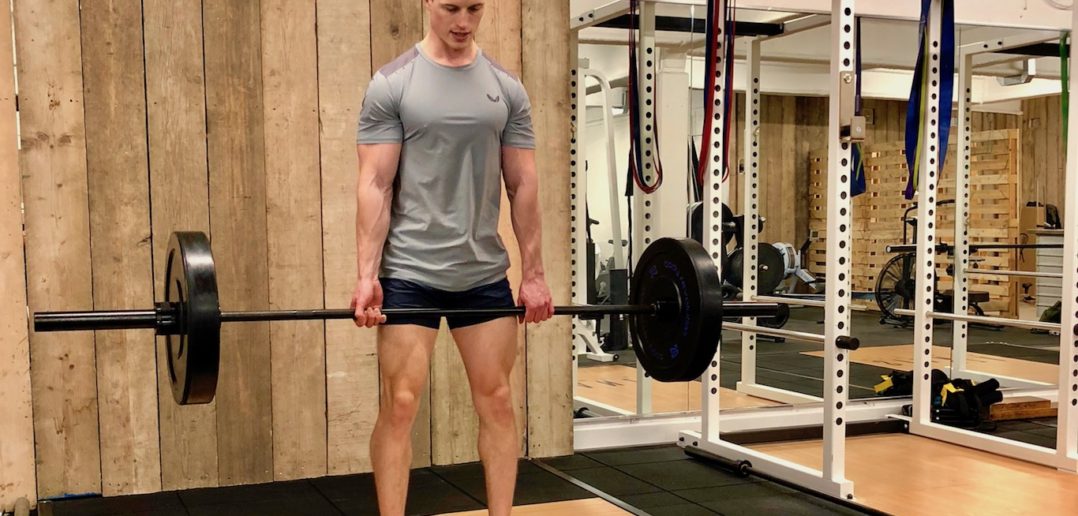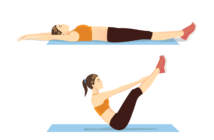If you’re at the gym long enough, you’ll often hear people talk about their one rep max (1RM). This is just a set of numbers, but how useful actually are they?
Your 1RM is essentially the heaviest weight you can realistically deadlift, squat or press, with a single repetition. For some exercises and circumstances in which you’re performing, even trying to find your 1RM might not be practical. For example, if you are on your own, training in your garage gym, doing a bench press 1RM with no spotter to help you with the weight, is far from ideal.
Your 1RM takes all your strength and willpower and is an ideal benchmark of your progress. But, you don’t want to be training at your 1RM level, even if you want to improve your strength, so you need to calculate a realistic level from your current 1RM. So, to find your ideal repetition range for a particular set of goals (muscle building, increasing power or endurance) then you might like to use your 1RM to calculate, say, 70% of this max level to find your ideal percentage for adding endurance. 80% for hypertrophy and 90% for building strength.
Your 1RM can be a great way of tracking progress and pushing yourself to work harder, especially if you are training for a powerlifting competition. For most people, it’s just a fun way of testing how strong you’ve become since your last training regime or to see how effective the block of training may or may not have been. However, using it solely to determine whether or not your training has been effective would be incorrect – if you’re on a cut you will possibly see decreases in 1RM strength.
The best way to test your own 1RM is to slowly build up the weight you’re using slowly, to properly warm up and then test a slightly heavier weight, see if you are able to lift it and then if you are, try a bit more. As with lots of different aspects of weightlifting, there is a lot of trial and error.
Below is a table of how you might try and go about setting up and structuring your 1RM attempt. These are just guidelines but might be a good starting point, everyone, however, will like to do there 1RM test slightly different.
| Set Number | %1RM | Reps | Rest |
| 1 | 30-50% | 8 | 2mins |
| 2 | 60% | 5 | 2mins |
| 3 | 70% | 2 | 3mins |
| 4 | 80% | 1 | 3mins |
| 5 | 90% | 1 | 5mins |
| 6 | 100% | 1 | 5mins+ |
| 7 | New 1RM | 1 | 5mins+ |
Please note that novice lifters should be extremely cautious when doing a 1RM, it would be advised to not even perform the test as a novice body is not used to the extreme stress it causes on the body.




